The Tweed Suit: Week two. Part 6 and Part 7.
Part 6. When did my own interest in Tweed begin?
Evidence #1. (My) first Tweed. A Saturday afternoon in Derry, 1995. I buy the Tweed jacket from a charity shop. Twenty-nine years later, it’s here beside me. Slipping it on…too tight, yet already feeling smartly dressed. It transports me. Even the coarse woolly texture feels good. Queensdale, made in Scotland, size 10. Unable to find a lot about the brand. I need to take this jacket off, it’s restrictive across the shoulders.
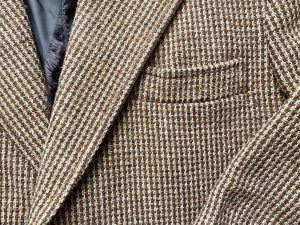
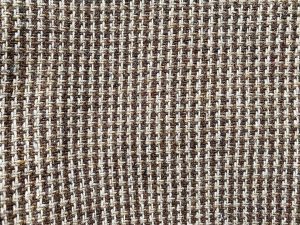
The 1995 Tweed Jacket.
Evidence #2. (My) Tweed in this place. Searching for evidence of wearing my Tweed jacket in ‘this place’. Finding a photograph taken in Moville, 2009. Wearing this jacket in ‘this place’, where I am now, ‘this place’ that called me back, with all the links to people of the past. Plus, nana is in the image, having her hair set. Wearing the Tweed jacket across the years. Not understanding why it’s sentimental or why I can’t part with it.
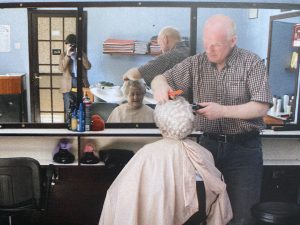
Moville, 2009.
Evidence #3. The article. Found in a file of GCSE Art research from 1997. This article about Harris Tweed, ripped from the magazine DESIGN, April, 1984. Remembering being drawn to the materiality, the colours, the process and the connection of the material to the ‘land’. Placed in file until researching Derek Hill’s Cottage Tweed suit.
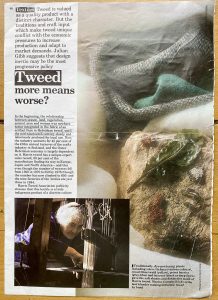
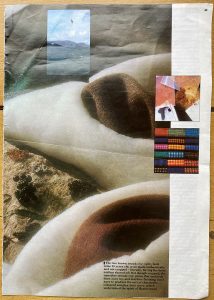
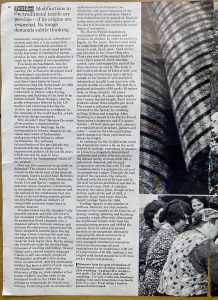
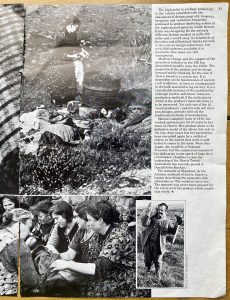
Harris Tween Article, April 1984.
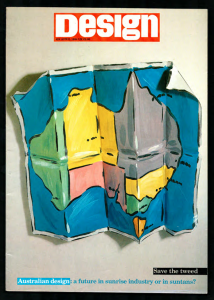
Cover of DESIGN, April 1984.
~ ~ ~
Part 7. What is the earliest woven cloth found on the island of Ireland?
It’s Tuesday 12 May 1904, on a bog in the townland of Cromaghs, parish of Armoy, County Antrim. Robert Black and an assistant are cutting turf, they hit something with their spade. Thinking it’s ‘Peat Cat’, the local name for the mossy mass found in bogs. The assistant pulls up what they think is an old sack, only to realise they’ve dislodged and moved a small collection of metal objects, wrapped in piece of woven cloth. They will later learn that without being wrapped in the woven cloth, the objects would have sunk to the bottom of the bog. The cloth now lays discarded on the surface of the bog for days, until being collected by Robert Black. During this time the plain (tabby), woven cloth, in Z-spun yarn, becomes damaged and is in pieces.[1] The width of the cloth is 775x1050mm and is made of two sections stitched together with woollen thread. The fabric has a selvedge on three sides, an unusual feature. It is suspected to be a garment, which was wrapped round the body under the arms. The cloth reveals that weaving was highly developed, as evidenced by the tabby weave, the selvedge and twill to make it more weather resistant. It is believed to be the first woollen, woven cloth found in Ireland, dated Late Bronze Age, 700-800BC, 2,800 years old. Organic matter from this time, rarely survives. The cloth now resides in the National Museum of Ireland, Dublin.
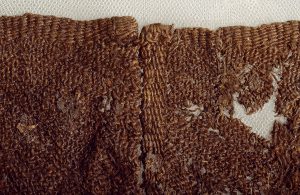
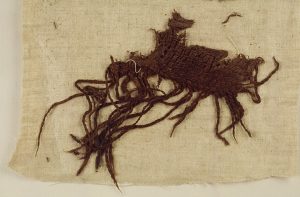
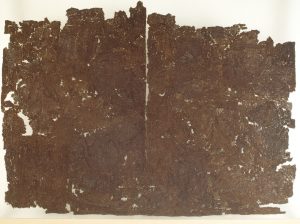
© National Museum of Ireland. Wool and fragments of wool, Cromaghs
Ref:
[1] George Coffey, 25.06.1906
